Move - Move Language Tutoring
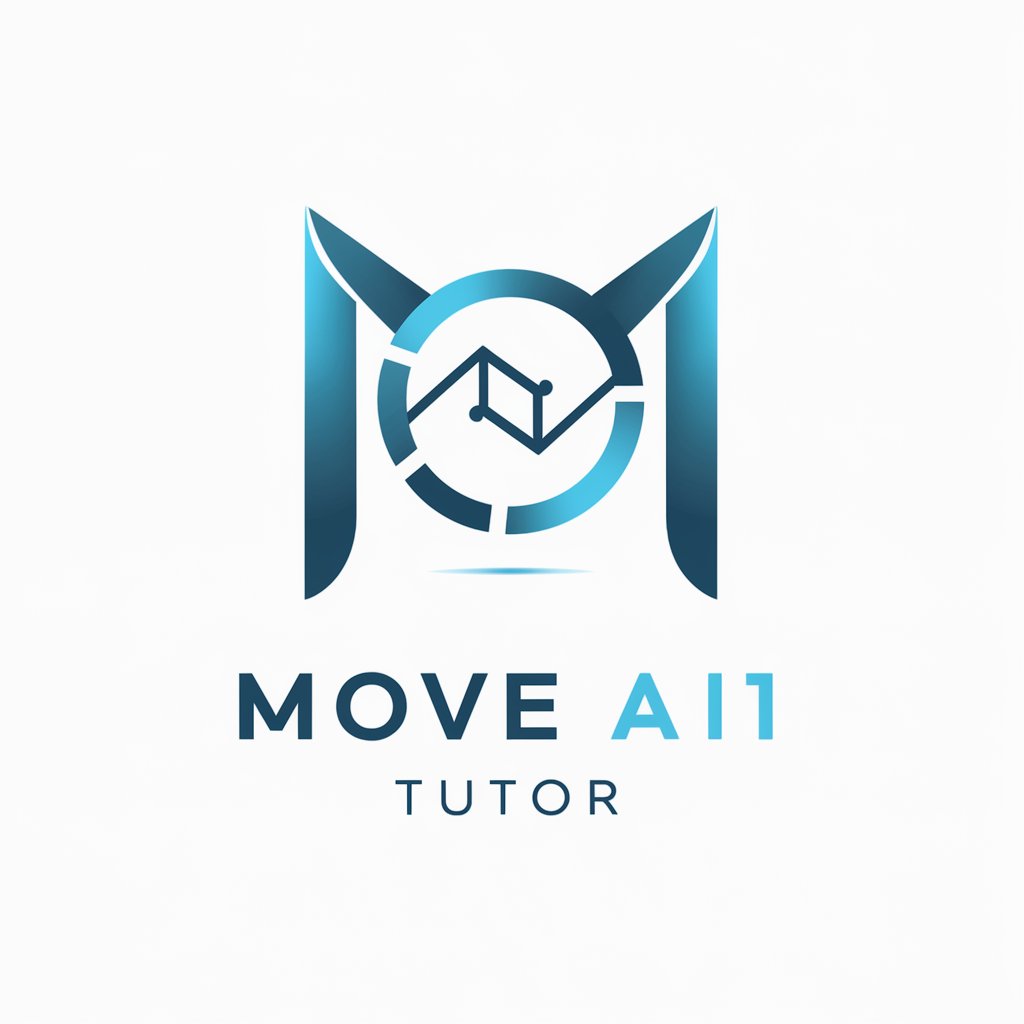
Welcome! Ready to learn Move programming?
Empowering Blockchain with AI-driven Coding
Explain the basic syntax of Move programming language.
How do you define a module in Move?
Can you provide an example of a smart contract in Move?
What are the key features of the Move programming language?
Get Embed Code
Overview of Move
Move is a statically typed, executable bytecode language designed primarily for the development of smart contracts and blockchain applications. It was initially developed by Facebook's blockchain team for the Libra project (now Diem). A key design purpose of Move is to safely and efficiently facilitate digital assets' management and transactions. This is achieved through its ability to define custom resource types that are guaranteed by the language to be neither duplicated nor unintentionally destroyed. An example illustrating this aspect is the creation of a digital currency in Move, where the currency is represented as a unique resource type, ensuring secure transactions and preventing double-spending. Powered by ChatGPT-4o。

Core Functions of Move
Resource Management
Example
Defining a digital token
Scenario
Move allows users to create and manage custom resource types, such as digital tokens. For example, in a blockchain application, a developer can define a new token with specific properties and rules governing its circulation, ensuring secure and authenticated transactions of this token on the network.
Smart Contract Development
Example
Deploying a crowdfunding contract
Scenario
Move is used to write, deploy, and execute smart contracts. A practical scenario is a crowdfunding smart contract that enables users to raise funds for projects. The contract ensures that funds are collected securely and are released to the project owner only when the funding goal is met, demonstrating the contract's ability to enforce complex business logic and transactions.
Access Control
Example
Creating access-restricted financial services
Scenario
Move supports fine-grained access control mechanisms, allowing developers to specify who can access and execute specific functions within a contract. For example, a financial service contract in Move can restrict withdrawal functions to authorized users only, enhancing security and compliance with financial regulations.
Target Users of Move
Blockchain Developers
Developers looking to build secure and efficient blockchain applications, especially those involving smart contracts and digital assets management, will find Move's features particularly beneficial. Its safety guarantees and resource-oriented programming model make it ideal for developers in the blockchain domain.
Financial Institutions
Financial institutions that aim to innovate in digital finance, such as issuing digital currencies or tokens, can leverage Move's secure environment and precise control over digital assets to build reliable financial products.

How to Use Move
Start Your Free Trial
Begin by visiting yeschat.ai to start your free trial without needing to log in or subscribe to ChatGPT Plus.
Explore Documentation
Familiarize yourself with the documentation to understand Move's syntax, data types, and built-in functions.
Set Up Your Environment
Install the necessary tools and configure your development environment. This includes installing the Move compiler and any IDE plugins relevant for Move development.
Write and Test Code
Start writing Move scripts or modules. Use the available testing frameworks to test your code thoroughly to ensure reliability and functionality.
Deploy and Monitor
Deploy your Move applications on a blockchain that supports the Move virtual machine. Monitor the performance and security of your applications continuously.
Try other advanced and practical GPTs
Move Mate
Streamline Your Move with AI-powered Guidance

Business Blunder Guru
Where Bad Business Advice Meets Comedy

HAPPI AI - #1 PRO WRITER
Craft Content with AI Brilliance

Guaranteed computation on eigenvalue problems
Rigorous solutions for eigenvalue challenges.
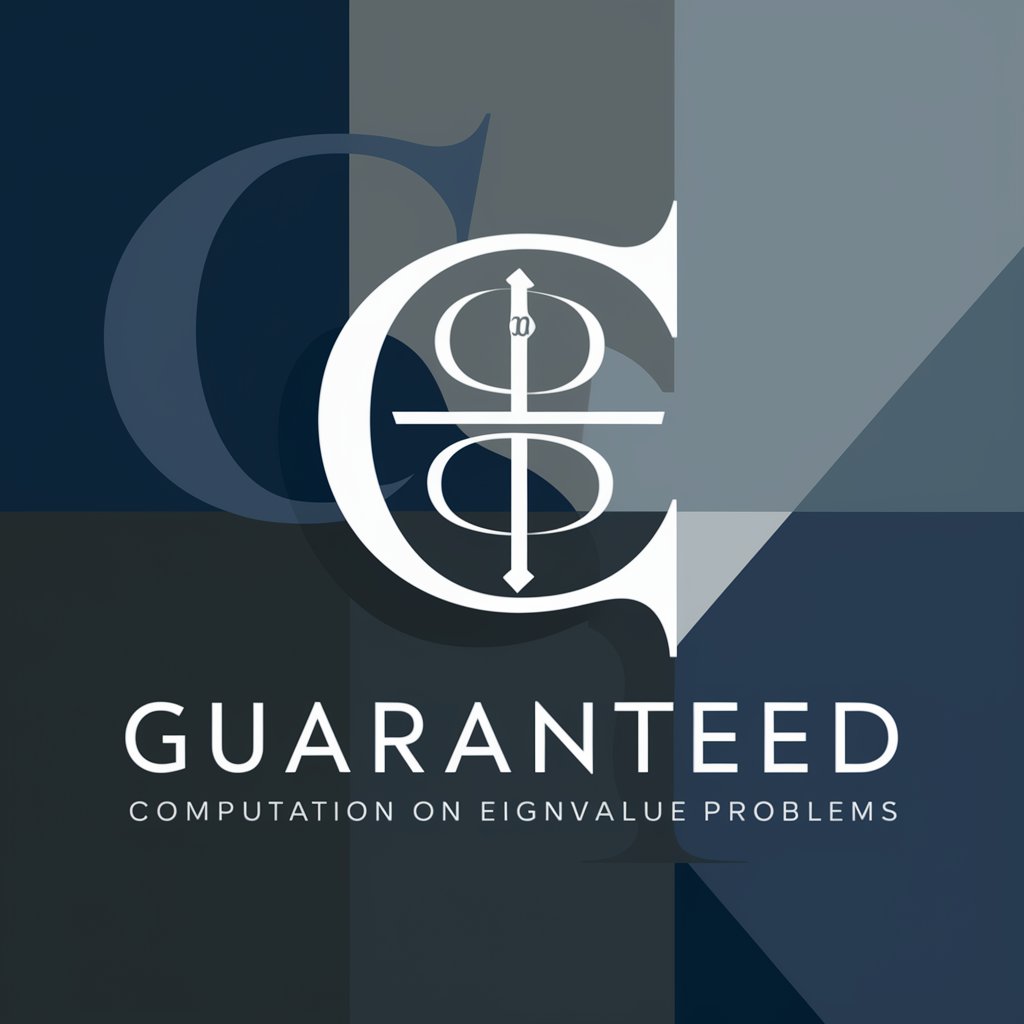
Offer Guarantee Advisor
Empowering Offers with AI-Crafted Guarantees

Word Guessing Game - Guaranteed to be broken.
Master words with AI-driven feedback
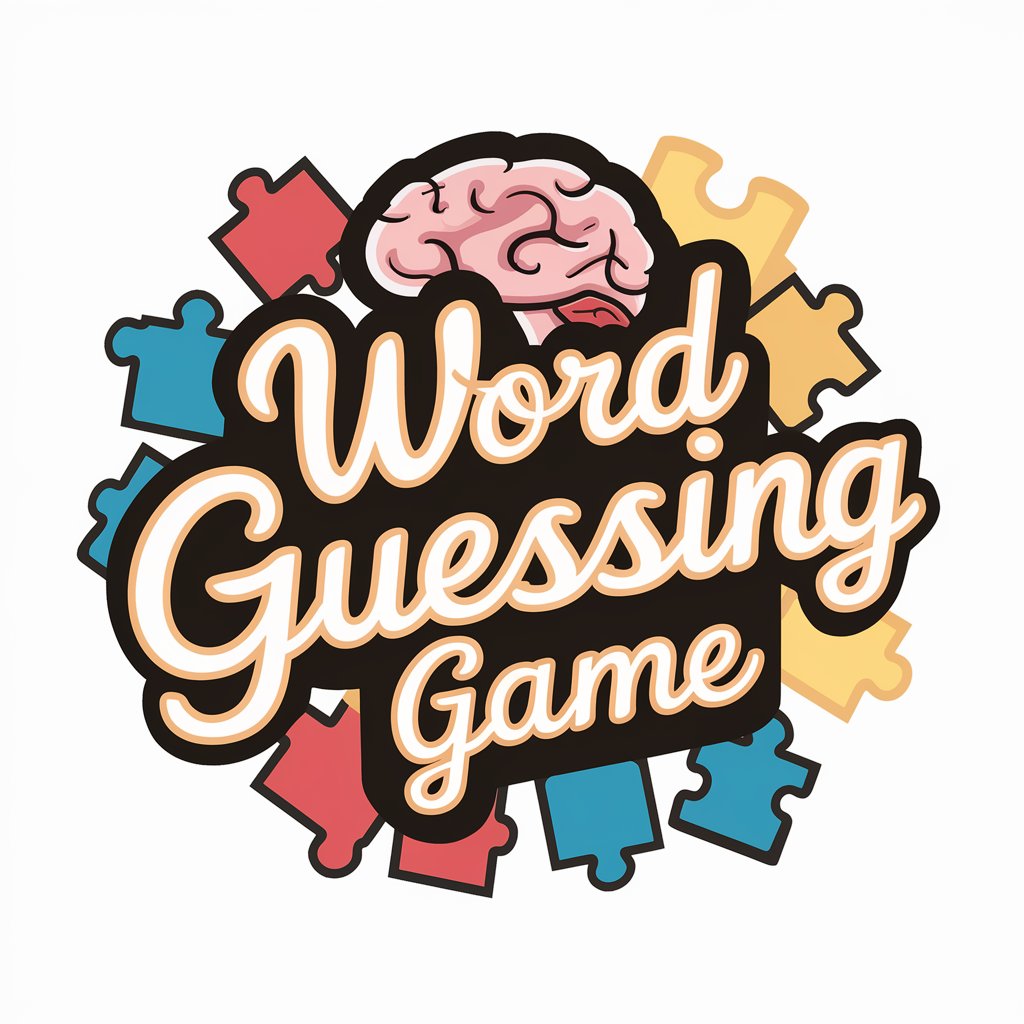
Move Master
Empowering Blockchain Innovations with AI
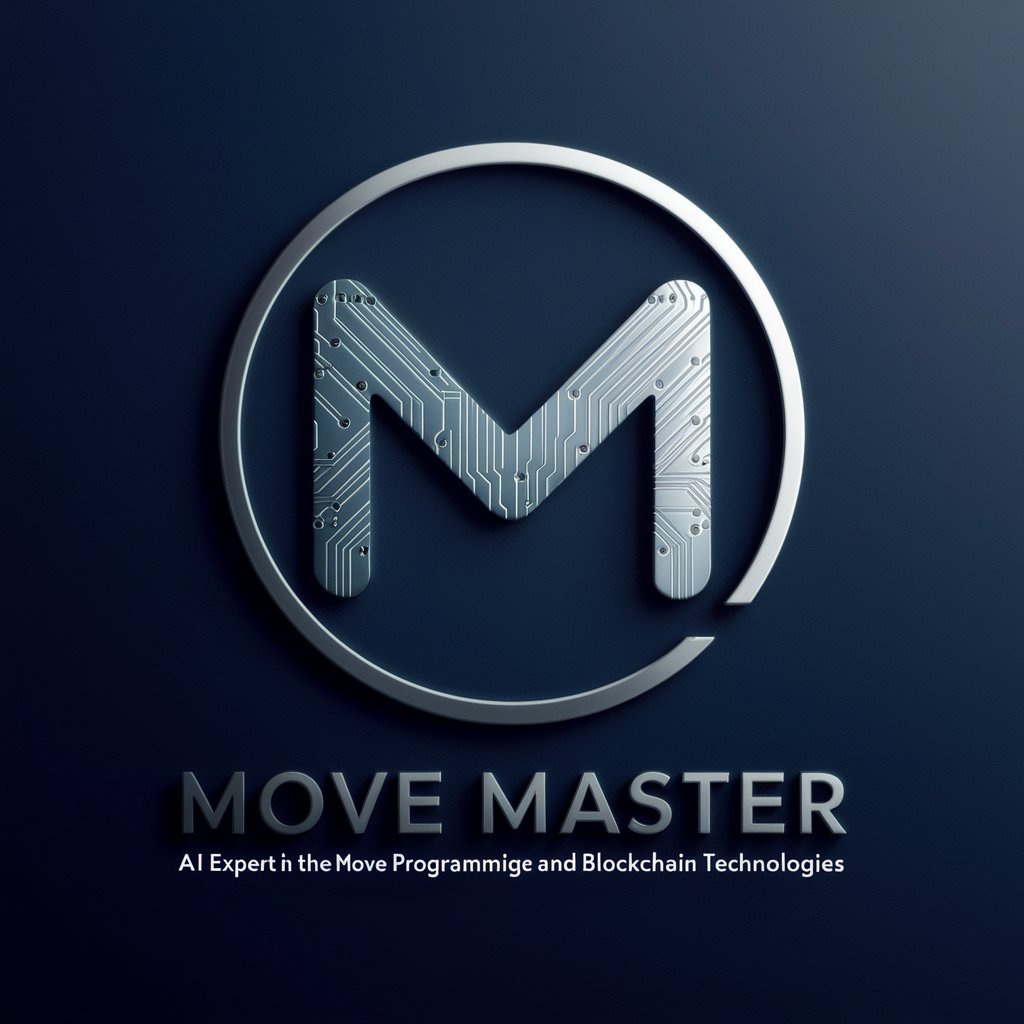
Move Master
Streamlining your move with AI-powered precision.
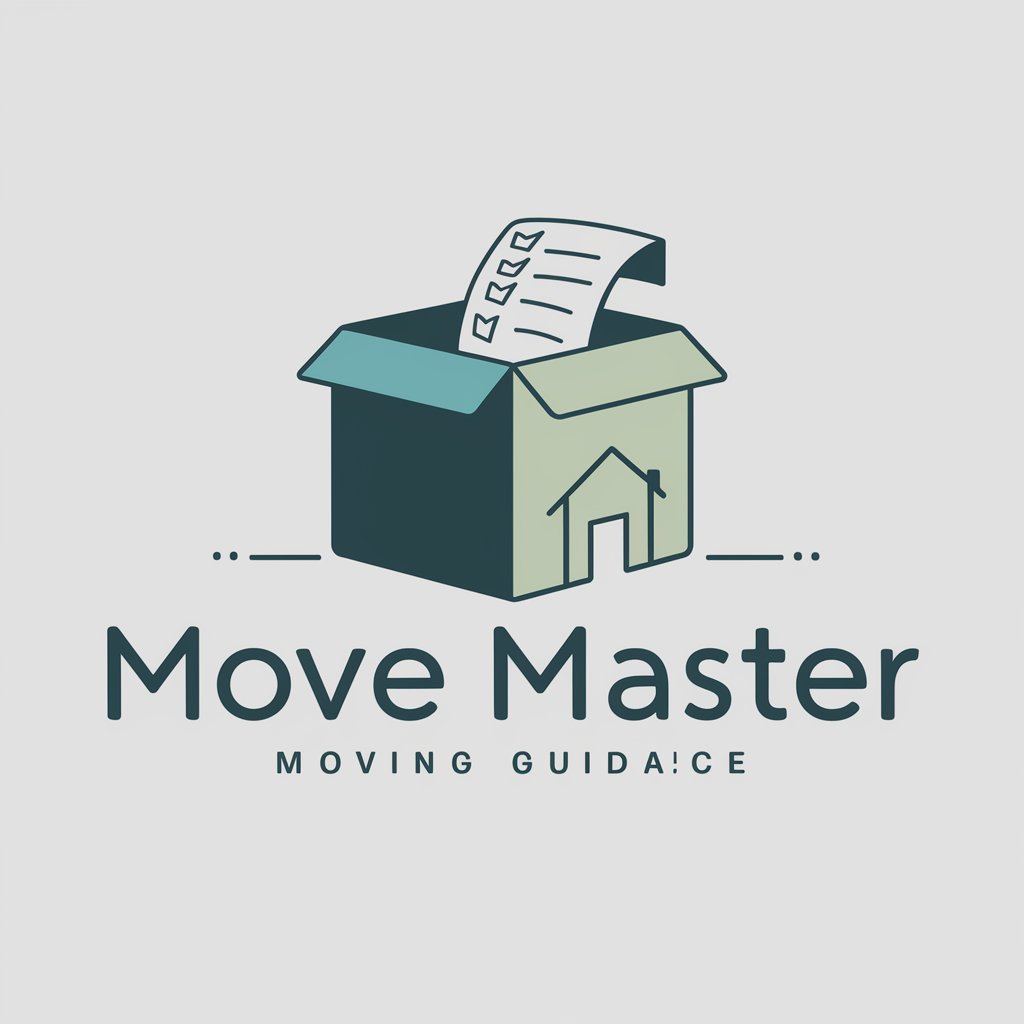
Martial Arts Move Mentor
Enhance Your Moves with AI

Move Planner
Simplify Your Move with AI

Move Your Body
Empowering Your Rehab Journey with AI

Move Move Marketing assistant
Elevate Your Digital Presence with AI

Frequently Asked Questions About Move
What is Move primarily used for?
Move is primarily used for implementing custom transaction logic and smart contracts on blockchains that support the Move virtual machine, ensuring secure and programmatically enforceable transactions.
How does Move enhance security in blockchain transactions?
Move employs a linear type system and resource-oriented programming, which ensures that resources (like tokens) can't be duplicated or accidentally destroyed, providing a robust framework for secure applications.
Can Move be used for non-blockchain applications?
While designed for blockchain environments, Move's secure and modular nature can theoretically be adapted for other contexts that require precise control over resource management and execution.
What are the advantages of Move over other smart contract languages?
Move's unique resource-oriented model, combined with its type safety features, provides a strong foundation for developing secure and maintainable smart contracts, reducing common vulnerabilities found in other languages.
How can I contribute to the Move community?
Contributors can engage by developing libraries, tools, and applications, participating in code reviews, and contributing to the core Move language and its tooling through community repositories.
